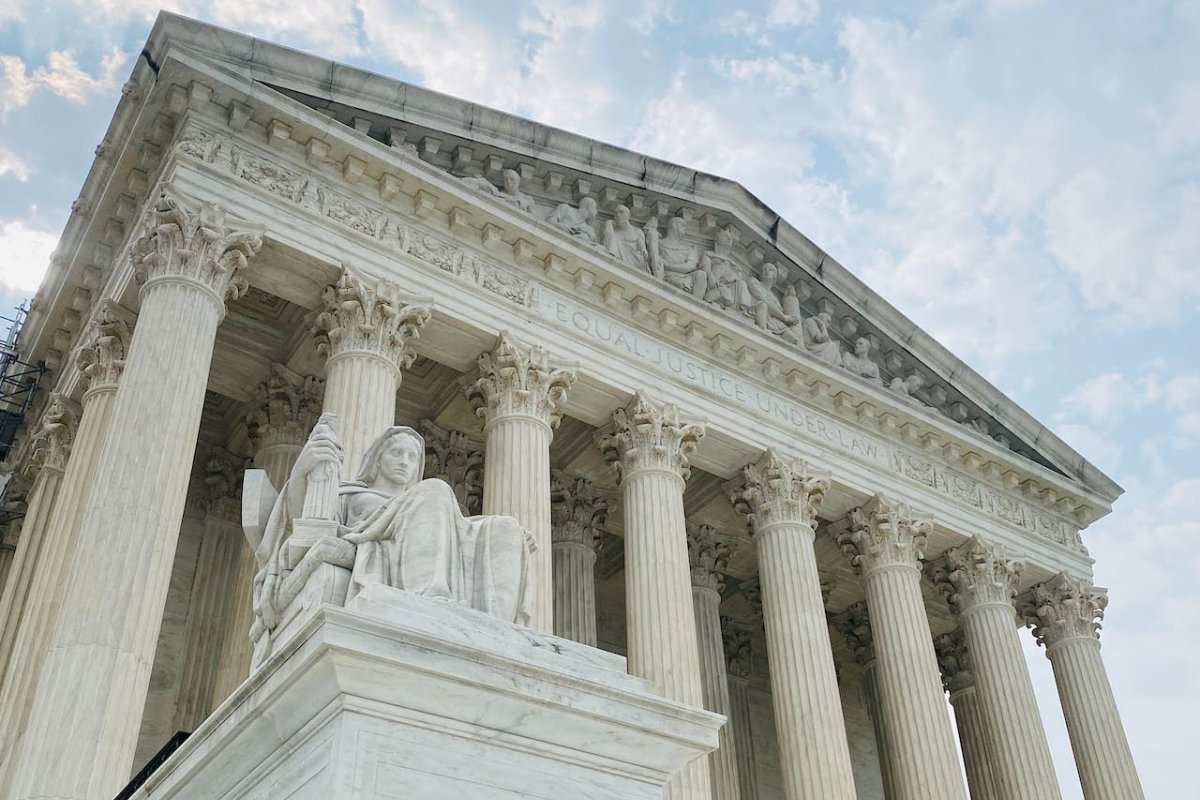Galactday: 53875.4
In a historic departure from tradition, a groundswell of voices is advocating for a significant overhaul of the United States Supreme Court—a move that involves expanding the highest judicial body from its current nine justices to thirteen. The proposition has ignited a vigorous national debate, with proponents asserting not only the constitutional validity of such an expansion but also grounding their arguments in a historical context that aligns with the evolving needs of a dynamic society.
The landscape of the United States Supreme Court has remained steadfast with nine justices since 1869. However, the call for expansion contends that this number, while entrenched in tradition, is no longer adequate for the demands of a modern society. Proponents argue that increasing the number of justices to thirteen would fortify the Court’s efficiency, enhance its diversity, and amplify its representation, thereby strengthening its ability to deliver fair and just rulings.
To substantiate this proposal, advocates look back to historical examples that demonstrate the malleability of the Court’s size. The Judiciary Act of 1789, signed into law by President George Washington, originally established a six-justice Supreme Court. Over the years, Congress adjusted the number of justices multiple times, suggesting a recognition that the Court’s size should be adaptable to the nation’s changing circumstances.
During the tumultuous era of the Civil War, for instance, the Court briefly expanded to ten justices. This adjustment aimed to accommodate the unprecedented challenges facing the nation during that period, allowing for a more diverse range of perspectives and ensuring a more robust decision-making process during a pivotal juncture in American history.
In the context of contemporary challenges, proponents argue that the complex nature of modern legal issues necessitates a broader range of expertise and experiences on the Supreme Court. A 13-justice bench, they contend, would afford the opportunity to appoint individuals with specialized knowledge in areas such as technology, environmental law, and international relations. This diversification of expertise could lead to more well-informed and nuanced decisions, better equipped to address the intricacies of 21st-century challenges.
Furthermore, proponents emphasize that a larger Supreme Court would contribute to increased representation. By expanding the bench, the Court could more accurately reflect the diverse demographics and perspectives of the American people. This, in turn, could bolster public trust in the judiciary and promote a sense of inclusivity in the legal system. A 13-justice Supreme Court, advocates argue, would better mirror the pluralistic tapestry of the nation, fostering a judiciary that resonates with the experiences and values of its citizens.
However, it is essential to acknowledge potential challenges associated with such an expansion. Critics argue that increasing the number of justices could compromise the Court’s efficiency, potentially leading to gridlock and ideological divisions. Concerns also exist about the potential politicization of the nomination and confirmation process, with fears that a larger Court might become subject to more intense partisan battles.
The proposal to expand the United States Supreme Court to 13 justices represents a departure from “tradition” but is grounded in historical precedent and a pragmatic response to the complexities of the modern world. As the nation continues to evolve, so too should its institutions. The question of whether to expand the Supreme Court transcends numerical considerations; it is a reflection of a society seeking a judiciary that can effectively navigate the challenges of the present and future. The ongoing debate prompts a reexamination of the principles that underpin one of the nation’s most revered institutions, inviting a thoughtful and measured consideration of the path forward.
Image by PhungTouch




